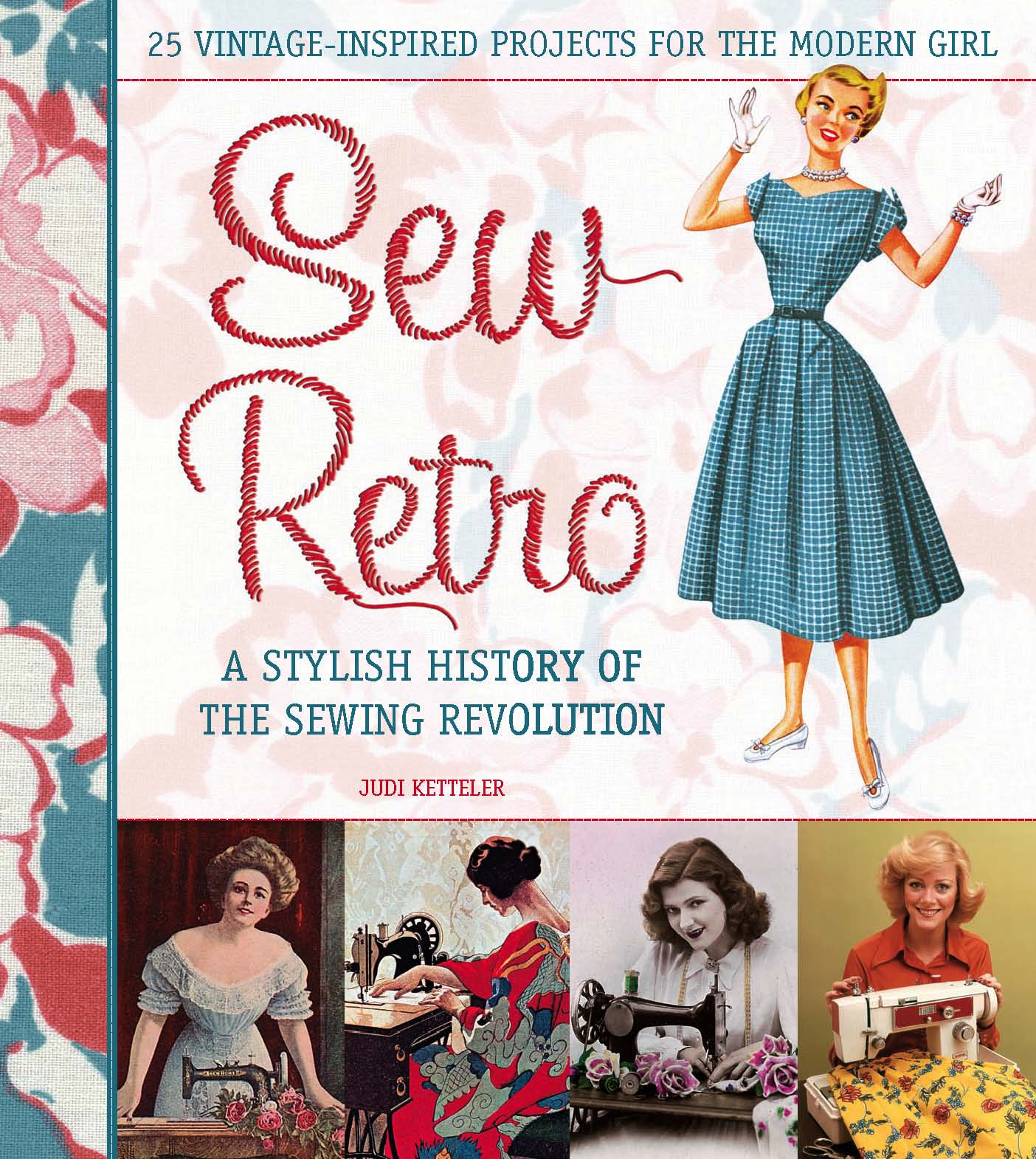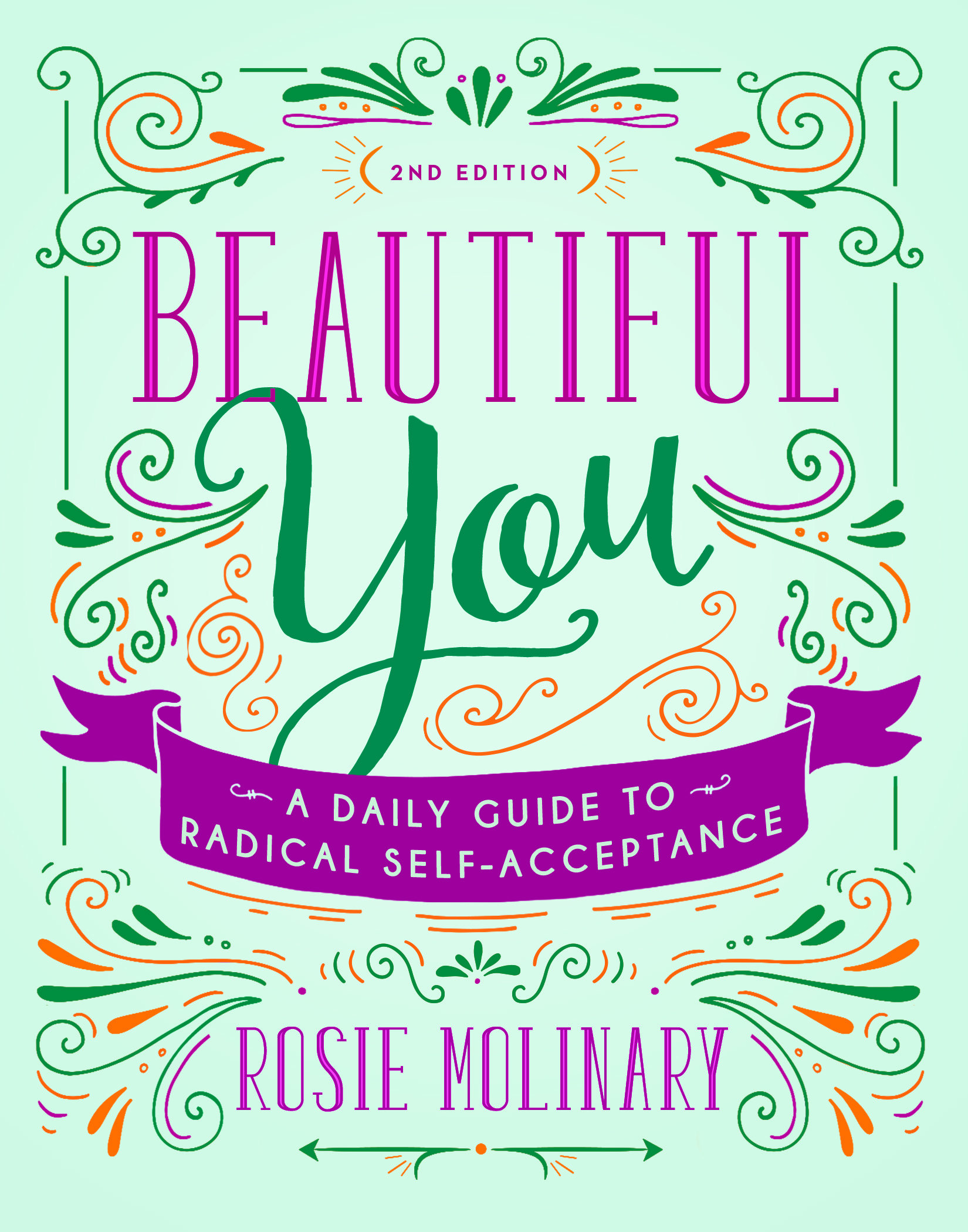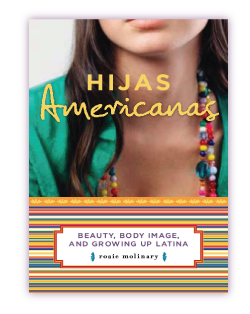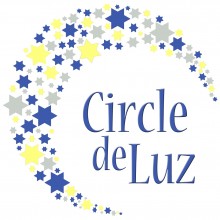There are a few blog posts that I wrote my first year of blogging that remain my most read posts every week, years later. One of them is a post I wrote about how learning to sew can positively impact one’s body image. Growing up, my mom made all of my dresses and skirts (this was into my 20s). I can’t recall a store-bought dress– not prom dresses, church dresses or school event dresses. If you’ve seen an old picture of me on here in a dress, my mamacita made it. Hence, I have an affinity for sewing and a few years ago even signed up for a sewing class only to arrive on day one to learn that I needed to bring my own sewing machine each week. Bummer as I wanted to try sewing before making an investment in the hobby. Nonetheless, sewing has stayed on my mind over the years which is why I was just delighted to discover this book, Sew Retro: 25 Vintage-Inspired Projects for the Modern Girl & A Stylish History of the Sewing Revolution. I was even more delighted to be able to ask author Judi Ketteler some questions about sewing, her book, and self-awareness. She’s thoughtful, has some great books to recommend, and is just inspiring! Check out her interview below.
How did your love of DIY projects, sewing, and design develop?
My mom had always sewed, and as a little girl, I loved going to the fabric store with her (I was always particularly fascinated by the wall of buttons!). By the time I was a teenager, I realized that I wanted to actually try it myself. She taught me, and then I also took home ec (an elective that was no longer very popular, but it sounded way better to me than some math elective!) I was hooked right away! I worked at a fabric store all through college, and got to meet other like-minded, crafty girls my age. It felt like sort of a cult movement back then (the early 90s), at least in Cincinnati, where I live. I never stopped sewed completely, but after college, I didn’t quite have the same passion for it. I’d do projects here and there, but I didn’t rediscover it and fall in love with it again until my early 30s, when I had my first house. I also realized that fabric and patterns had come a long way from the boring calicos of the 90s.
When and why did you decide to translate that love into Sew Retro?
I started to think about how I had made a sort of journey back to sewing, which made me start thinking about how generations of women have made their own little journeys, both away from sewing and back to sewing. I’ve always had an interest in women’s history and the history of the domestic (I have a Master’s in literature, and my thesis was all about 19th century domestic fiction). At first, I thought I would just write about the 19th century, but then I realized that sewing had a much larger story than that—a story that continues today. Until very recently, sewing wasn’t “hip” in the mainstream sense. But now it’s been rediscovered by young women and embraced as part of their creative identities. We think this is a new phenomenon, but really this same thing has happened many times over in the last few hundred years. I became interested in that ebb and flow, specifically how some generations of women were able to view sewing as creatively empowering, while for others, it was a skill forced upon them that felt stifling. I wanted to talk about all of this in a smart—but accessible—way that would appeal to modern women who love to sew. I also loved the idea of designing projects inspired by the various eras. There wasn’t really any books out there doing this when I conceived the idea for Sew Retro.
What was your favorite part of writing Sew Retro?
I liked all of it! I’m such a research nerd, so I loved digging into each era and clicking around following footnotes and links. The writing part came fairly easily, because writing and research is what I spend the bulk of my days doing. The designing part was more challenging, because I’m a very intuitive sewer and I tend to just try things and do things on the fly. But I am also obsessed with clarity and good step-by-step instruction, so I knew that I couldn’t just wing it. Designing and testing the patterns really helped me sharpen a skill set I hadn’t used that much, and I discovered that I really love it!
What would you say to encourage a novice to try sewing?
Just that: try it! People are sometimes turned off by sewing because it can feel very exacting. You have to measure and do math and visualize how things come together. Projects don’t always work. It can be frustrating. But like anything, you just want to start with the basics: a project with mostly straight seams and nothing too fancy. Once you get down some of the basic techniques, you move on to the next level. There’s also something about seeing a finished project—it’s so gratifying. It’s sort of like starting an exercise program: sometimes it takes a while to see results, but you keep trying day after day. And then suddenly you reach a goal, and you build on that success to set a new goal (can you tell I’m a health and fitness writer, too?). So I’d say, start basic, have a goal, and be patient with yourself.
You love 19th century domestic fiction. What are some of your favorite works from that time and why?
My favorites are probably The Lamplighter, by Maria Susanna Cummins, and Ruth Hall, by Fanny Fern. The character of Ruth actually does all kinds of sewing and needlework; it’s part of her creative identity, and how she makes a nice, pretty home for her children, even though she is very poor (she gets widowed early on). She also becomes a successful writer (it’s somewhat based on Fanny Fern’s life), all on her own, and has tremendous business savvy and gumption. I also love, love, love The Hidden Hand, by E.D.E.N. Southworth. It’s such a fun book, with a spirited heroine (Capitola Black) who you can’t stop rooting for. I like the books from this era because they feature strong young women with the odds stacked against them. But the women make it in the end. From our modern perspective, of course there are issues—like they almost always wind up getting married in the end. But it was difficult in the mid-19th century to write your way out of that ending. We get to choose whatever ending we want for ourselves now, but we’ve had 150 years of progress to get us here!
Some issues we discuss on a regular basis on this blog are self-awareness and community engagement. Given that, what do you most appreciate about yourself?
I appreciate that I know what I’m intrinsically good at, and what I’m intrinsically not good at. I know what problems I can tackle and what I should stay away from. I think people both delude themselves, and undervalue themselves. I’ve always been very independent, and I realized pretty early on (by my early 20s) that I’m not really a team player, and I don’t want to be in charge of anyone other than myself. I would make a lousy boss, and quite honestly, I made a pretty lackluster teacher when I taught English composition in graduate school. I value the things teams can do, and obviously, I’ve had amazing teachers and am indebted to them. But I need to be on my own and do my own thing—and this is okay. This is my strength. If you hire me as a writer, I will write something fabulous for you and make your problems go away and I will charge you accordingly and you’ll want to pay it! I believe this about myself. But if you want to hire me to do something I’m not good at, like brainstorm product names with a team of creatives, or manage a project that involves a lot of other people? Forget it. I’m not good at it, and I can’t make your problems go away. It’s all about realistic confidence. I’m never afraid to admit that I’m terrible at something, but I’m also not afraid to say I’m good at something.
What do you wish all women knew?
Echoing what I said above: that you will be good at some things, excellent even. And other things, you won’t be good at. And that’s okay. Certainly it’s good to try new things and challenge yourself, and sometimes you have to fake it until you make it; there’s nothing wrong with that. But I’m talking about the deep-down intrinsic stuff, the things you know in your gut. The “yes, this feels completely right!” versus the “no, I can’t get out of bed I hate this so much!” Don’t pretend you want to follow a path if you don’t want to. Embrace your strengths and go with them. Find the thing that gives you that excited tingling way down in your gut and follow it as far as you can.




Oh I love this post! Ashley deploys again in Jan and I have a sewing machine on my Christmas “must have” list..I am determined to learn to sew while he is gone 🙂